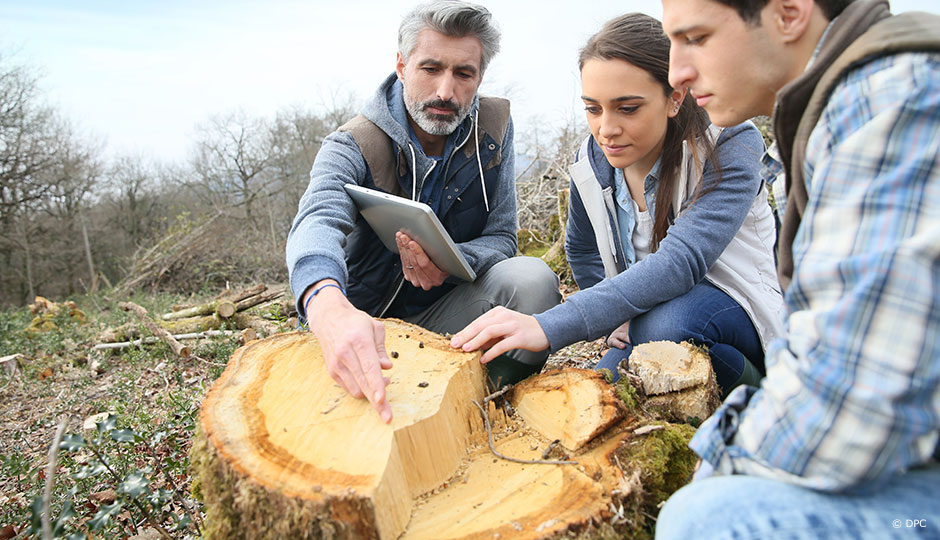Québec would not be the same without its many forests. In order to protect this important resource for the future, the Chief Forester of Québec imposes a limit on the volume of timber that may be harvested every year in public forest lands.
This limit is determined using annual allowable cut calculations, which can now take into account the impact of certain natural disturbances on forest production capacity, thanks to the work of Université Laval wood and forest sciences research professor Frédéric Raulier and his team. Raulier and his colleagues have shown that ignoring natural disturbance risk can lead to an overestimation of sustainable harvest levels.
Ecoforest maps and forest inventories are used to assess tree growth, mortality and regeneration.
A number of tools are available for calculating the annual allowable cut. Ecoforest maps and forest inventories are used to assess tree growth, mortality and regeneration. This information, combined with forest management data including clear cutting and reforestation data, is fed into models that project forest area development over time as a function of age and the stand's species composition. In addition, the models simulate timber harvest in relation to forest dynamics and predict timber yields over a 150-year horizon.
Until recently, timber supply calculations did not take into account sources of uncertainty such as natural disturbances. Professor Raulier and his team set out to document the impact of forest fires, insect infestations—such as the Spruce Budworm—and windthrow on ecosystem regeneration capacity and growth dynamics. They then developed disturbance risk assessment tools, which the Chief Forester will be able to integrate into the annual allowable cut assessment process.




